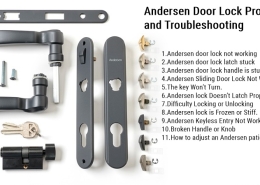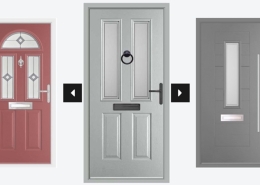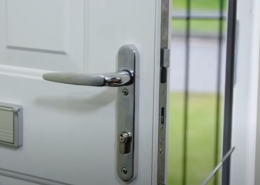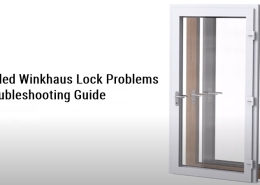Detailed Winkhaus Lock Problems and Troubleshooting Guide
Explore common Winkhaus lock problems, their causes, and potential solutions. Learn how to troubleshoot and maintain your Winkhaus lock to ensure optimal security.
Winkhaus is a renowned brand in the world of door locks, known for its high-quality and reliable locking systems. However, like any lock, Winkhaus products can occasionally experience issues that may compromise their performance and security.
In this article, we will discuss frequent issues encountered with Winkhaus locks and guide how to troubleshoot and resolve these problems.
Winkhaus lock is not opening.
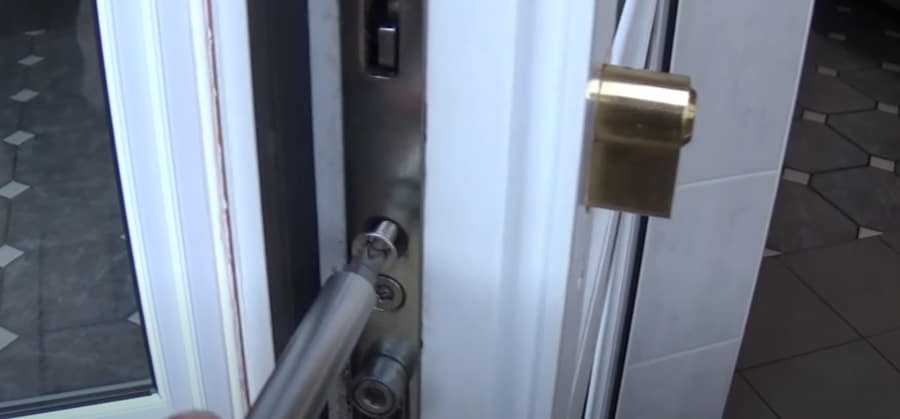
If you’re having trouble opening your Winkhaus lock, try these steps:
- Ensure the door is closed. If the door is not closed, the lock will not engage. Make sure it’s closed, and then try again.
- Ensure the frame of your Winkhaus lock has not warped or shifted. If it has, this can cause problems with the lock engaging properly.
- Check that the key is fully inserted in the cylinder. Ensure it doesn’t look like it’s about to fall out or come loose when you slightly turn it back and forth.
- Ensure no objects are blocking your door from opening fully, such as furniture or other items on either side, and there aren’t any obstructions within the hinges themselves (such as dust accumulation). If any obstructions are preventing full movement, try removing them temporarily.
Winkhaus lock is not locking.
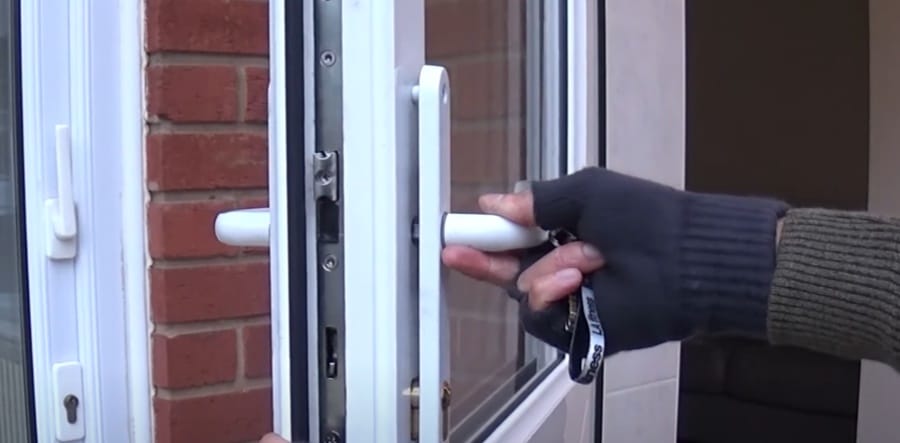
You can try a few things if your Winkhaus lock is not locking.
- The door and frame might be misaligned, causing the latch or locking points not to engage properly.
- The latch, deadbolts, or other locking points might be damaged or worn.
- Check that the cylinder is not damaged or worn down. Look for any cracks in the plastic cover or discoloration on the metal part of your key. If there are any signs of damage, replace your cylinder immediately!
- Check that dirt and debris aren’t blocking your keyhole by spraying some WD-40 into it and turning your key back and forth several times until everything loosens up again.
Winkhaus lock is not turning.
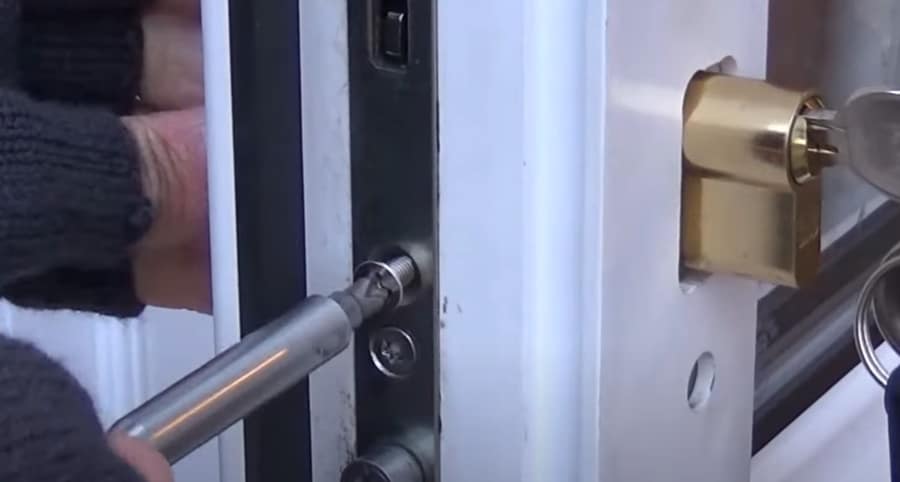
If you have trouble turning the key in your Winkhaus lock, one of these problems likely is to blame:
- The key might be damaged or worn.
- The lock cylinder might be dirty, misaligned, or damaged.
- The lock is jammed. If you can’t turn the key or feel like something is blocking its movement, check if any objects are caught between the plunger and the cam assembly.
- Check that the latch bolt is fully retracted by looking at its position about its housing. If it’s not completely retracted and looks like it has only partially moved out of place, then this could be why your door isn’t opening properly.
Winkhaus lock broken gearbox.
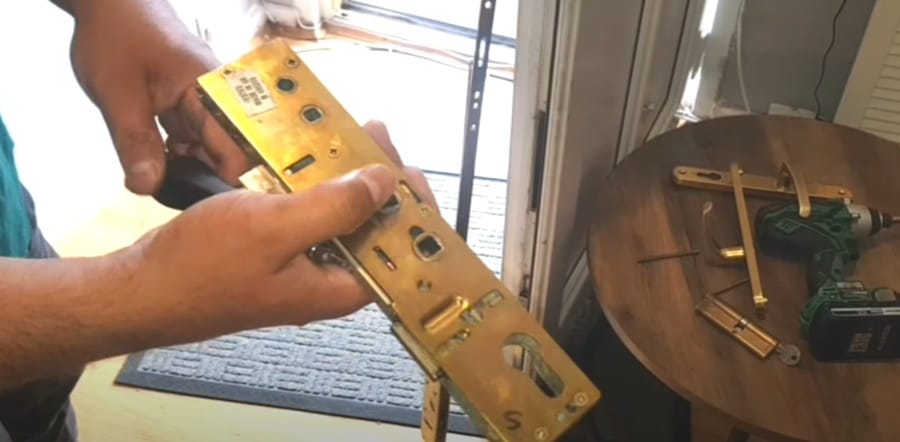
If you’re experiencing a broken gearbox, there are a few things to look for.
- The gearbox has burst. This is the most common problem for Winkhaus locks and can happen when you get too heavy-handed with your key or if there is an issue with how you’re using it. In this case, you only need to replace the entire gearbox assembly with a new one from Winkhaus.
- Check your spindle casting. If it’s cracked or broken, your lock won’t work properly–it may even break altogether! If this is the case with your Winkhaus lock, you must replace the spindle casting before trying again.
- Check Spring cassette – If damaged or worn out, it can cause problems locking and unlocking your Winkhaus lock.
Winkhaus lock hooks out of synchronisation
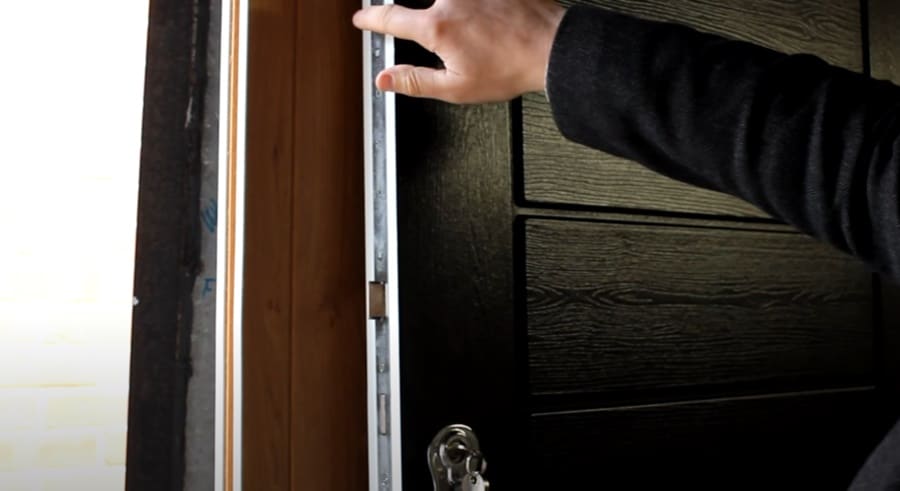
- The first thing to check is whether or not your hooks are in synch. If they aren’t, align them by adjusting one of the screws on either side of the lock.
- Ensure that your door is properly closed and aligned with its frame so there’s no gap between it and the frame (this can cause issues).
- Ensure your door isn’t warped or twisted; this can cause problems with the lock’s ability to align itself correctly with the deadbolt when you try to lock it manually (or automatically).
If all else fails, try a simple fix: remove both screws from one side of the lock, then reinsert them into their respective holes on opposite sides (again, make sure to align them perfectly).
Winkhaus lock excessive operating forces.
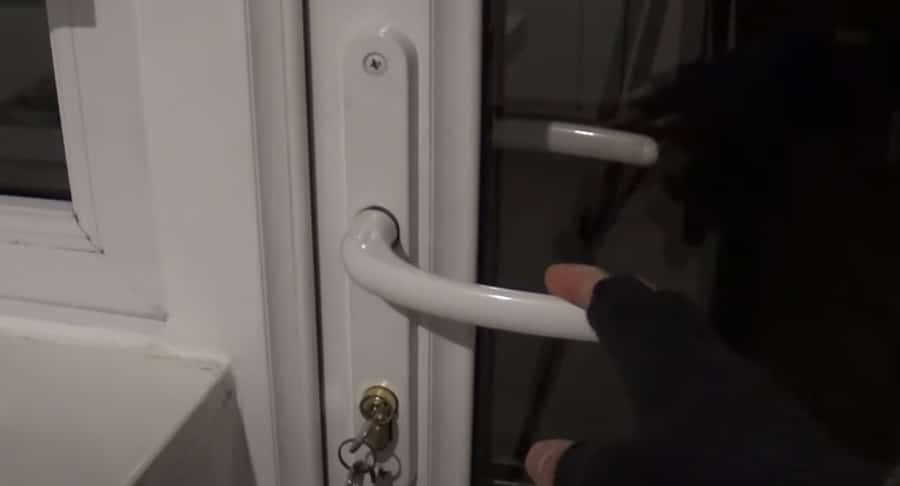
If you are experiencing excessive operating forces, it is probably due to one or more of the following:
- First, make sure that you have the right key for the lock. If not, try using another one of your keys until one works.
- The sash and frame are not plumb, square, and aligned with the correct cover.
- Align the lock with the Centre keep on the frame (this can be checked by removing the lock and inserting a flathead screwdriver into the center hole in the frame).
- Check for any debris or dirt in the keyhole on either side of your door frame (or both). If so, remove as much as possible with tweezers or other small tools before trying again.
Winkhaus lock Door sash over-compressed
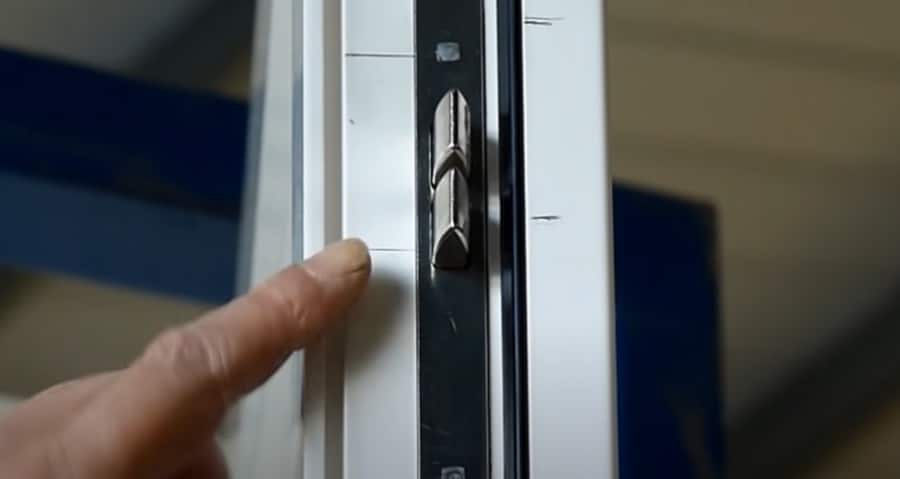
If the door sash is over-compressed, it will be dented and twisted. This can be checked by looking at a few key areas:
- Check if there are any dents or warps in your door’s frame itself; if so, this could cause issues with opening/closing properly and locking/unlocking properly when closed, so make sure these aren’t present before proceeding further down this list!
- Check the door sash for excessive wear and tear by looking at its edges or corners. If worn down or damaged, replace them with new ones (if possible).
- Adjust the hook pocket adjuster plates:
- Turn the door upside down and remove all hardware from the door jamb.
- Adjust each hook pocket adjuster plate to contact its corresponding cam on either side of the lock body (see image above). Use a large flat-bladed screwdriver to adjust eccentric cams on keeps ( +/- 2mm) if necessary.
Draught /water penetration on the Lock side of the door
A lack of weather seal compression causes the draught/water penetration on the lock side of your door. This can be due to an incorrectly adjusted hook pocket adjuster plate or a damaged weatherstrip; try these troubleshooting tips:
- Check for frame damage. If there is any damage to your frame, you must repair or replace it before proceeding with the other steps below.
- Check the airgap/cover for damage or misalignment after removing any debris between it and its mounting channel to ensure it’s seated correctly and undamaged (if applicable). If there are gaps around this component, adjust hook pocket adjuster plates on each side of the lock housing until they compress the weather seal seated correctly.
- Adjusting the hook pocket adjuster plates will allow you to increase the weather seal compression and prevent this from happening again.
If adjusting them does not resolve your issue. You may need to replace your damaged weatherstrip with a new one before achieving proper compression between all three components (weatherstripping, door frame, and jamb).
Draught /water penetration on the hinge side of the door
If you find that your door has a draught/water penetration on the hinge side of the door, it’s likely to be caused by one of the following:
- Check for damaged or missing gaskets. Gaskets are soft strips inserted between two surfaces to create an airtight seal. They’re often used in windows and doors as well as other places where there’s a need for an airtight seal (e.g., bathtubs).
- Check for broken weatherstripping around window frames and doors–especially at corners where two pieces meet up along an edge–and replace any worn-out seals with new ones made from flexible foam tape designed specifically for this purpose.
- Ensure the weather seal gap is consistent over the height of the door over both the lock side and hinge side; if not, adjust accordingly with shims or wedges as required (see ‘Adjusting’ section).
- Check if the weather seal is seated correctly and undamaged; if so, check again if it has become dislodged during installation or use since then (it’s easy to forget where things go after a while!).
Unable to lift handle to fully 45° above horizontal to engage hooks
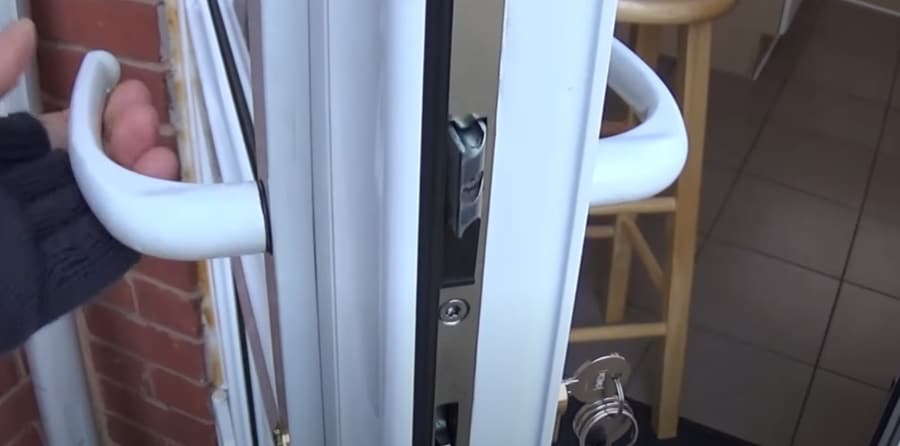
The Winkhaus lock is designed to lift upwards to engage hooks and lock the window. If your lock is unable to lift the handle to fully 45° above horizontal to engage hooks, follow these steps:
- Check that the lock will operate correctly in the sash open position. Ensure no gap exists between the center keep and top/bottom latch plates when the door is closed.
- Check that there is no bow in an outer frame (this can be done by measuring diagonally across each corner of an outer frame).
- Check that the sash opens freely from its closed position (when fully shut).
- Check that it stops at least 5mm short of completely open when opened so it does not fall out by itself.
- Ensure that when you pull up on the handle of your Winkhaus lock (which should be located at about eye level), it will lift at least 10mm before engaging with its corresponding hook on either side of the center keep of your window frame (or anywhere else along its length). If this does not happen, some obstruction may prevent proper operation, and you should seek help from someone familiar with woodworking tools such as chisels, etc.
Unable to turn-key/thumb-turn to deadlock mechanism
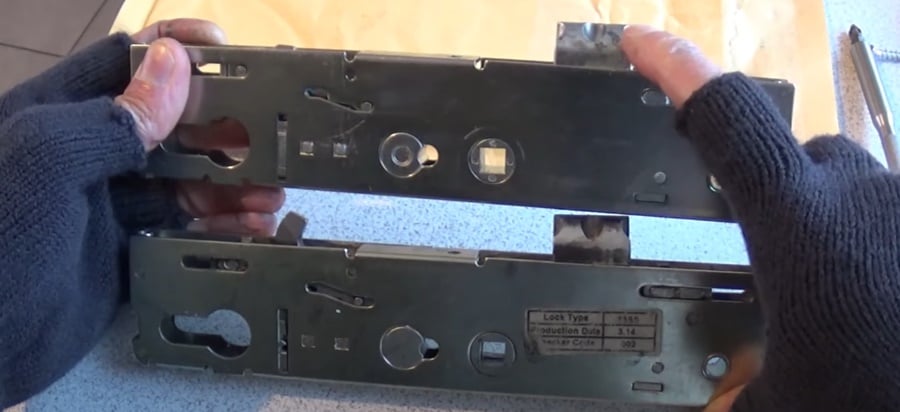
If you are unable to turn your key/thumbturn to the deadlock mechanism after hooks have been thrown, check the following:
- Check that the deadbolt mechanism is not jammed.
- Check that the lock mechanism can be thrown fully and deadlocked in the lock cylinder retaining screw that is not over-tightened.
- Check keeps compression and cover and ensures they are not damaged or missing components such as springs or pins, which may prevent movement of parts within the lock assembly.
- Check for any obstructions (e.g., dirt) on the outside of the doorframe or around the latch area of the door. If there are obstructions, remove them with a stiff wire brush or similar tool until a smooth surface is achieved before reassembly.
- If not, remove all parts from within the casing (lever & key) and reinstall them correctly, so they align correctly with holes on the casing when inserted back into position – make sure all pins align properly before inserting the key into the keyway!
Winkhaus lock Latch Bolt will not retract fully.
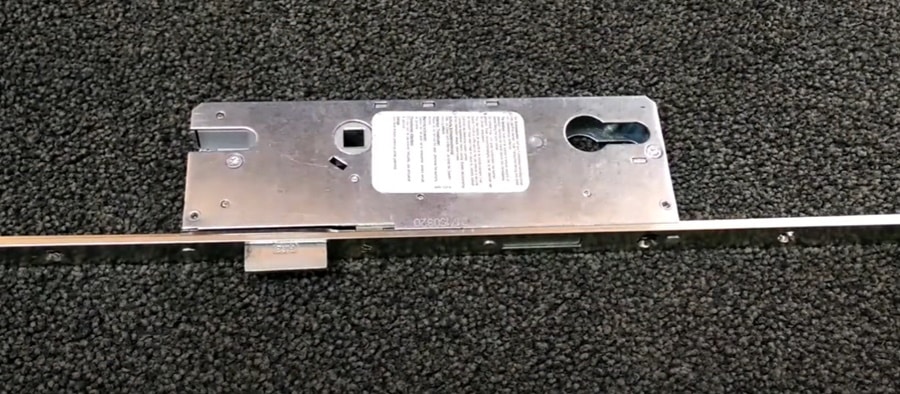
If the latch bolt does not retract fully, the following steps will help you troubleshoot:
- Check that the latch bolt is not stuck in the strike plate or frame. If true, remove and reinstall your handle set to ensure all parts are properly seated.
- Remove your handle set by removing screws from each side and then pull straight out to remove it from its drilled hole in the frame or doorjamb (depending on where you have installed it). Ensure that when you reattach your handle set after this step, no obstructions prevent its full insertion into place.
If your latch bolt does not retract fully, there may be an issue with the strike plate. The strike plate is a piece of metal that holds onto your door frame and allows you to lock it.
Winkhaus lock key is difficult to insert into the cylinder.
If the key is difficult to insert in the cylinder, check the following things:
- Check for damage to the face of the cylinder. If there is any damage, it may be time for a new one.
- Check that your key isn’t bent or damaged at its end. Straighten out if necessary.
- Lubricate the key way with graphite grease or oil (not WD-40), and try again (see “Use incorrect lubricant/oil” below).
Hook keep adjustment plates will not turn.
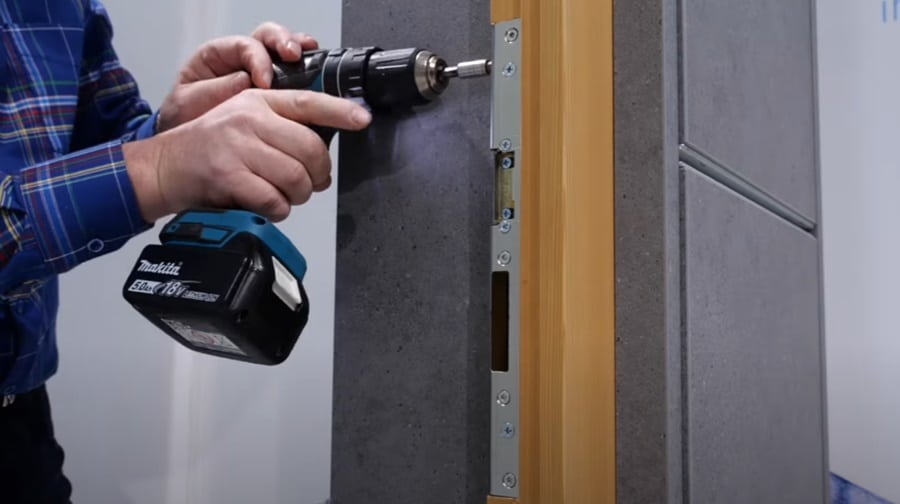
If you are having trouble turning the hook-keep adjustment plates, they have likely been over-tightened. Ensuring all locks are fitted with a 7mm wide, flat-headed screwdriver is important. Using a different tool or your lock has been over-tightened can cause problems when adjusting your hook keep.
Winkhaus lock will not latch or rattle.
If the door does not latch or rattle, the latch plate adjusting screws may be too tight. Adjusting these screws will allow you to move the latch plate so that it clears its housing in both directions (up and down).
You may need to loosen both screws equally until you get them into a position where they don’t make contact with anything when installed on your door frame.
If this doesn’t work, check whether your hinges are in good condition and aligned properly before moving on to other troubleshooting steps below.
- The latch keeps being adjusted incorrectly.
- Adjust the latch position by slackening the two latch plates adjusting screws, and then moving the latch plate to a new position.
- Check that all hinges are in good condition and square with the door frame and wall; if not, replace or adjust them before proceeding.
Conclusion
While Winkhaus locks are generally reliable and secure, they are not immune to occasional issues. Understanding common problems, their causes, and potential solutions is crucial in maintaining your lock’s performance and security. Proper troubleshooting can often resolve the issue, whether dealing with a misaligned door, a jammed gearbox, or a faulty key.
Also, if you have more problems with Multipoint door locks, please check this article: Multipoint Door Lock Problems and Troubleshooting Guide.


